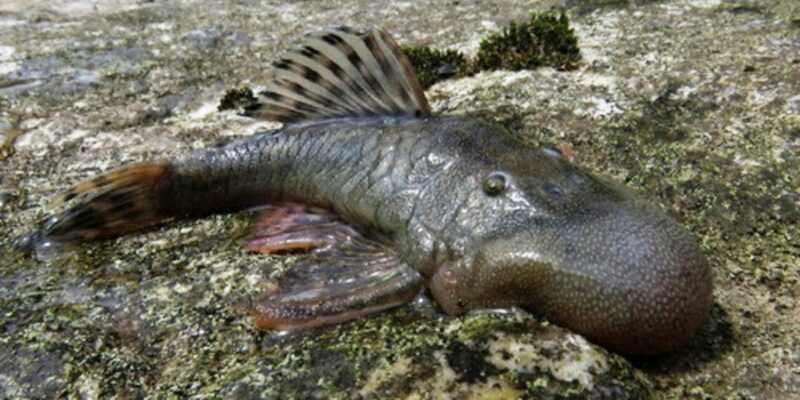
An amphibious mouse with webbed feet and an unsightly blob-headed fish are among the more than two dozen new species discovered by scientists in a remote region of the Peruvian Amazon rainforest.
A 2022 expedition to Peru’s northwestern Alto Mayo region, which is heavily forested, saw the first documentation of at least 27 species that are new to science, according to a recent report in Conservation International’s Rapid Assessment Program Bulletin of Biological Assessment.
The haul of new species was also accompanied by another 48 species that are potentially new to science but which require further analysis, the report said.
“Overall, the RAP team encountered exceptionally high levels of biodiversity that far exceeded expectations considering most of the study sites were located near communities and towns,” the report said, adding that the findings “highlight the importance of research and conservation efforts in human-dominated landscapes.”
In addition to the amphibious mouse and unusual-looking catfish, scientists also discovered another type of mouse with stiff, spiny fur; a squirrel only distantly related to others known by science, as well as a new bat and several types of fish, butterflies and amphibians.
While this is the first report in which scientists have described these species, the indigenous groups in the area who assisted scientists in their work have extensive knowledge about many of them, said Trond Larsen, the head of Conservation International’s Rapid Assessment Program and one of the report’s authors.
“It was really fantastic to work so closely with the Awajun people. They have extensive traditional knowledge about the forests, animals and plants they live side-by-side with,” Larsen told Reuters.
While Larsen and his team were understandably thrilled about finding the previously unknown species — one of the squirrels was “adorable and beautiful chestnut-brown color, very fast,” Larsen added — the report released by Conservation International also highlights the the need to do more to protest endangered species.
The RAP paper noted that the exhibition also documented 49 species designated as endangered by the International Union for Conservation of Nature — the global authority on the matter — including two types of critically endangered monkeys.
In a section describing the human activities that contribute to the decline of many of the rare species documented in the report, the authors wrote that “threats that include deforestation, expanding agriculture, and over-exploitation (e.g., illegal hunting and fishing) have continued to grow in the Alto Mayo landscape.”















